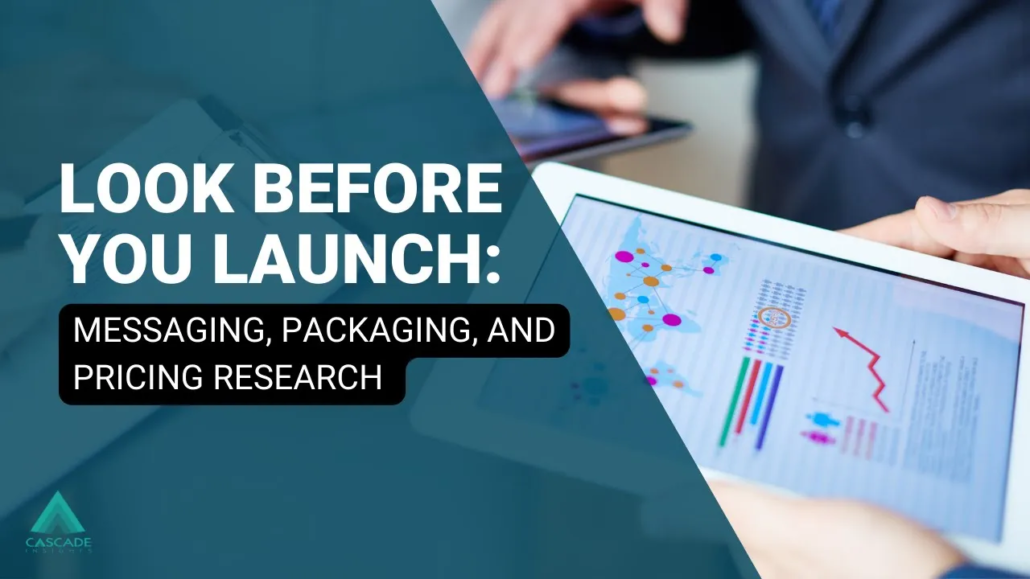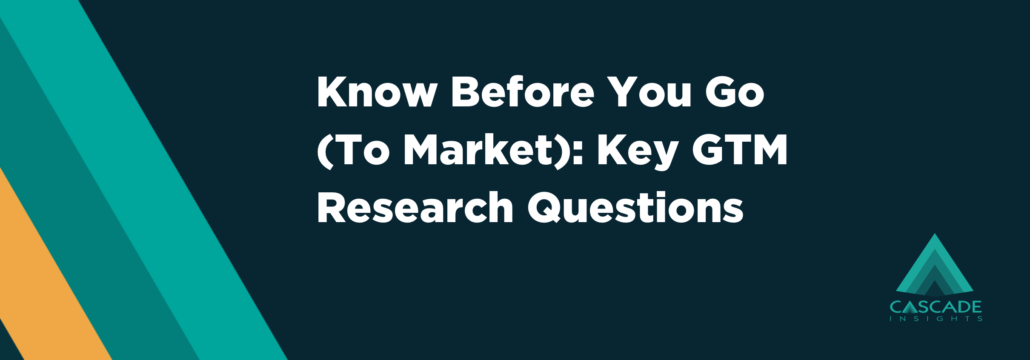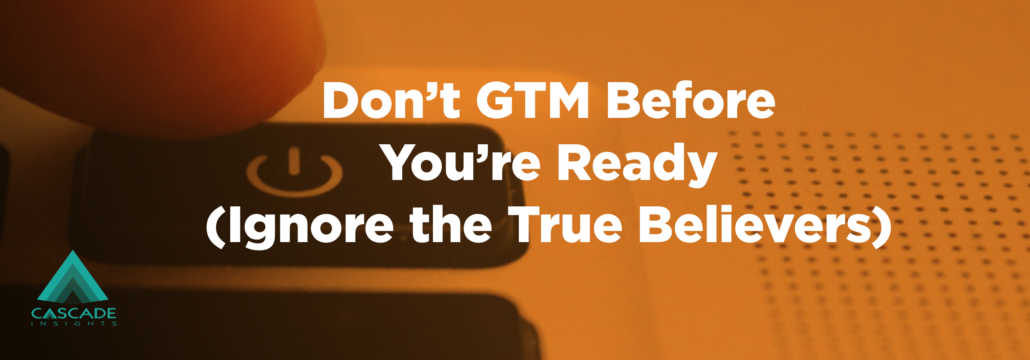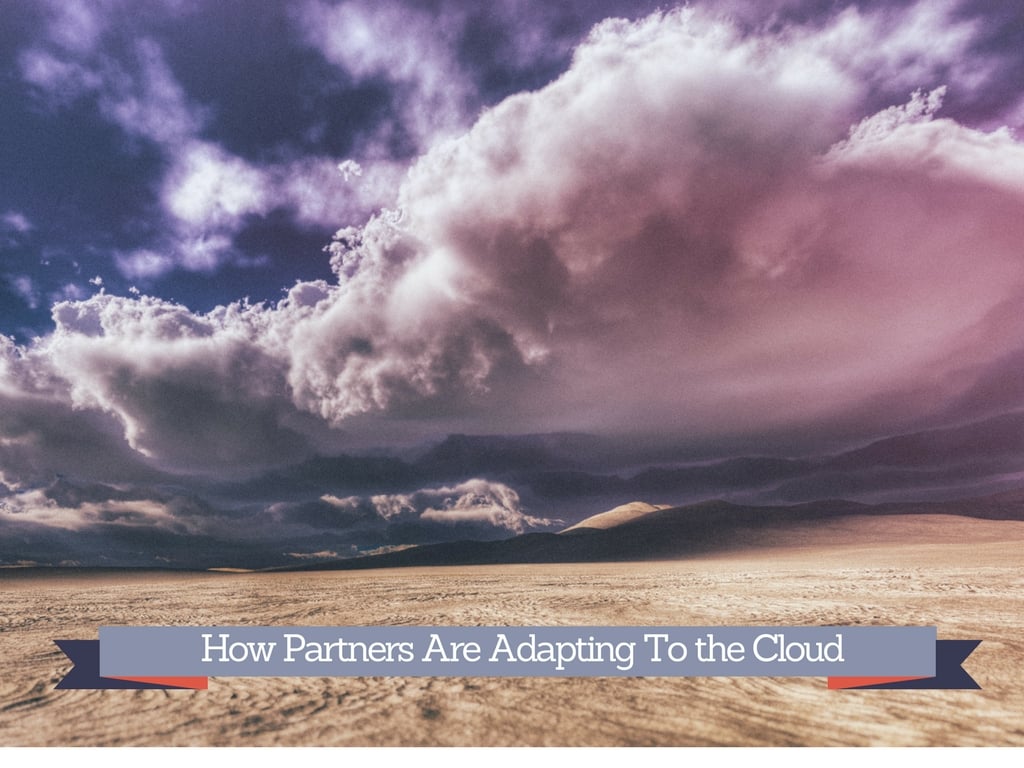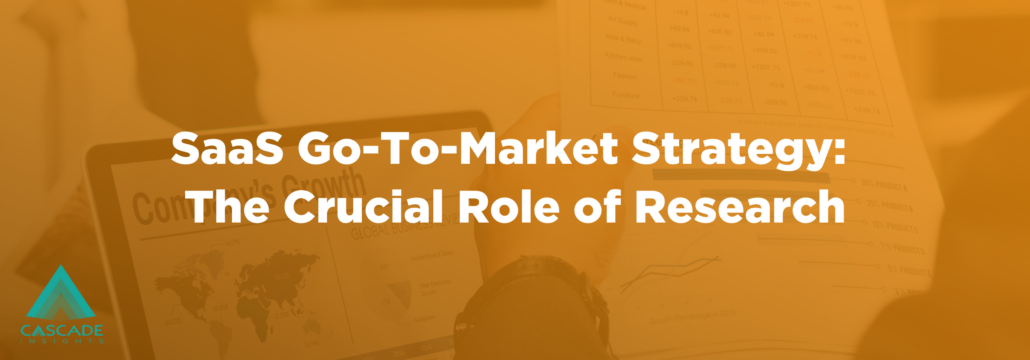
SaaS Go-To-Market Strategy: The Crucial Role of Research
SaaS go-to-market research is the crucial element that builds a GTM strategy built on certainty – not guesswork.
Explore our customer case studies to see how we drive innovation and success in the B2B tech market."

